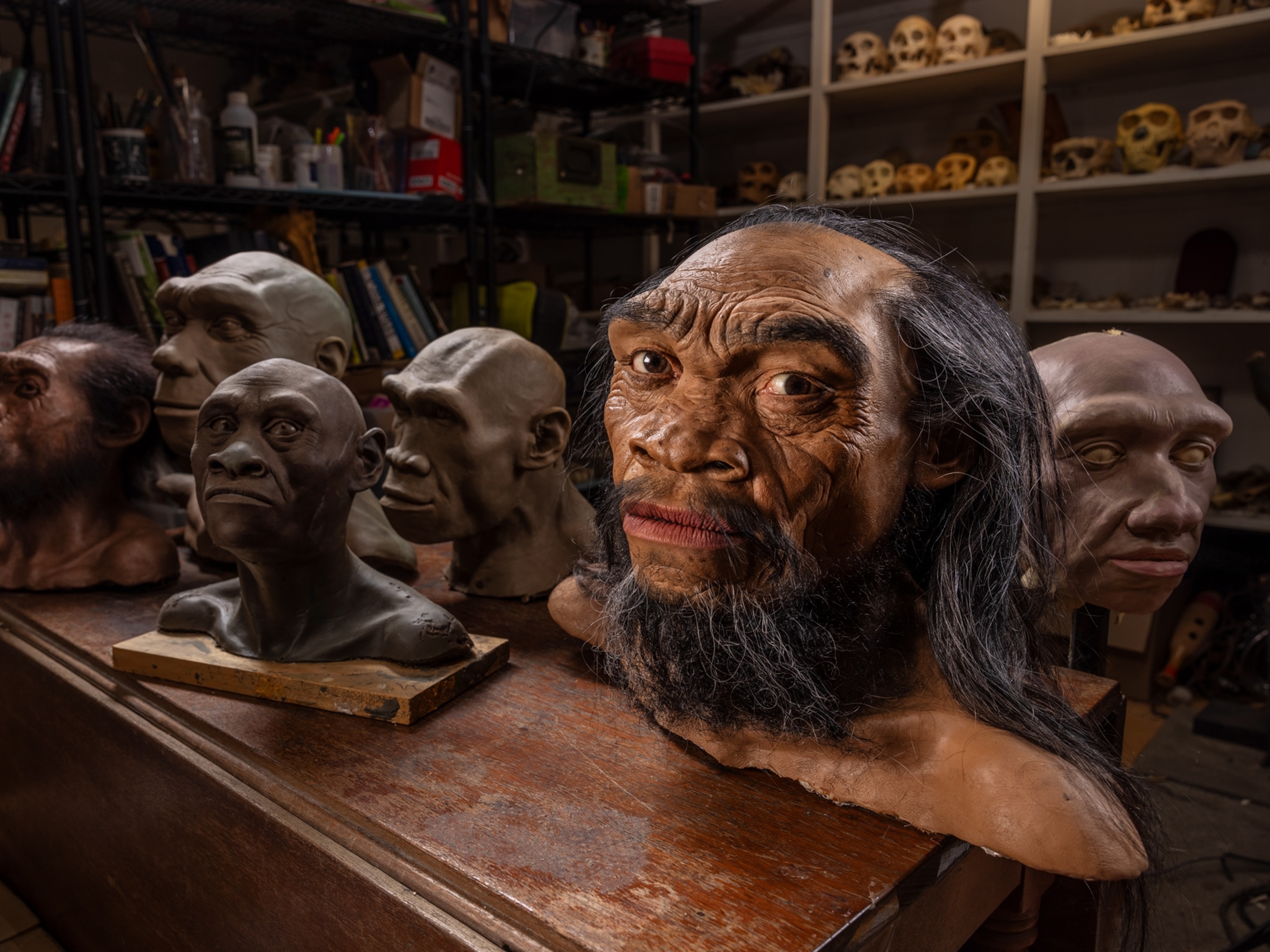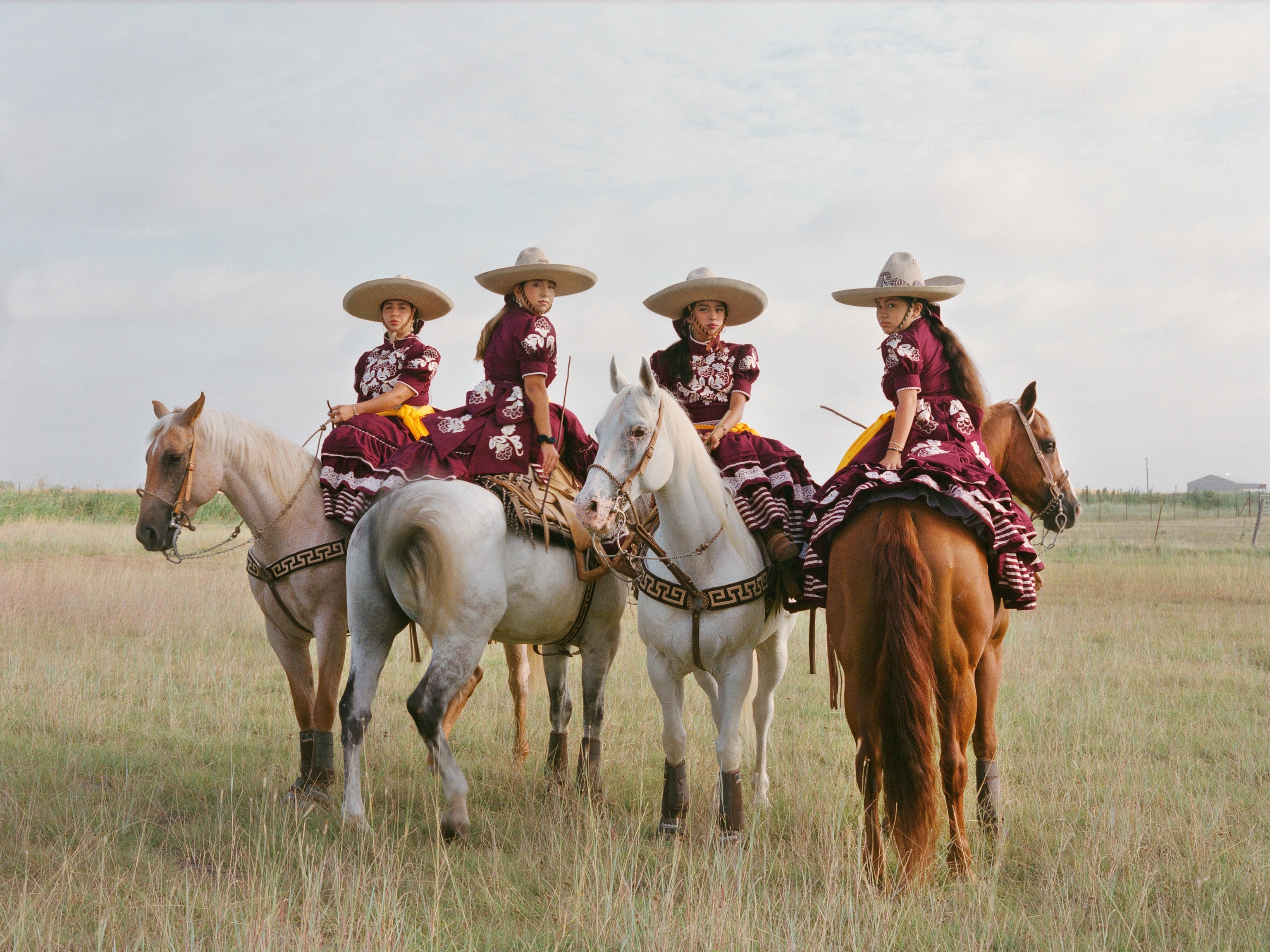The resilience of the human spirit captured in 29 stunning images
2021 was a tumultuous year—but National Geographic photographers still documented moments of perseverance.

For nearly two years, faces have been partially obscured by a protective mask as the COVID-19 pandemic rages around the world.
The virus has continued to mutate and spread while some corners of the world remain largely unvaccinated. A new reality set in during 2021, forcing governments and societies to adapt in the way they lived and operated.
And yet, widespread efforts to vaccinate people and reduce the risk of COVID-19 meant some people felt they could finally take off the mask and gather with loved ones for holidays and other events. Meanwhile, Earth’s inhabitants witnessed many other significant moments—from an end to U.S. military presence in Afghanistan to bold environmental initiatives in Colombia, the most dangerous country in which to be an environmental leader, according to the human rights group Global Witness.
Throughout one of the toughest years in modern history, National Geographic photographers documented the resilience and persistence of the human spirit.
There was no shortage of inhumanity and grief. An uptick in hate crimes against the Asian American community prompted some soul-searching and reflections on identity. The pandemic, of course, claimed the lives of an astounding number of people. And many are still suffering as new deaths continue to climb while the weight of grief was compounded for those in long-term care.
Still, the determination of hope breaks through the despair. In El Salvador, women joined forces to fight chronic water shortages. Across the United States, students who had endured lockdowns were able to celebrate graduations. And though racial reckoning issues remain far from settled, finally some people who had long raised their voices felt their cry for justice had been heard.
Through the tumult, 2021 brought closure and a sense of peace for some, including descendants of Indigenous Lakota children who were among 10,000 Native American youth placed in a boarding school far from home more than a century ago. Cruel mistreatment that tried to strip the youngsters of their birthright stayed hidden for decades but the skeletal remains of nine of those Lakota youth are now back on ancestral lands.
These are the moments in 2021 when the human spirit prevailed.
Dangerous work as an environmental leader

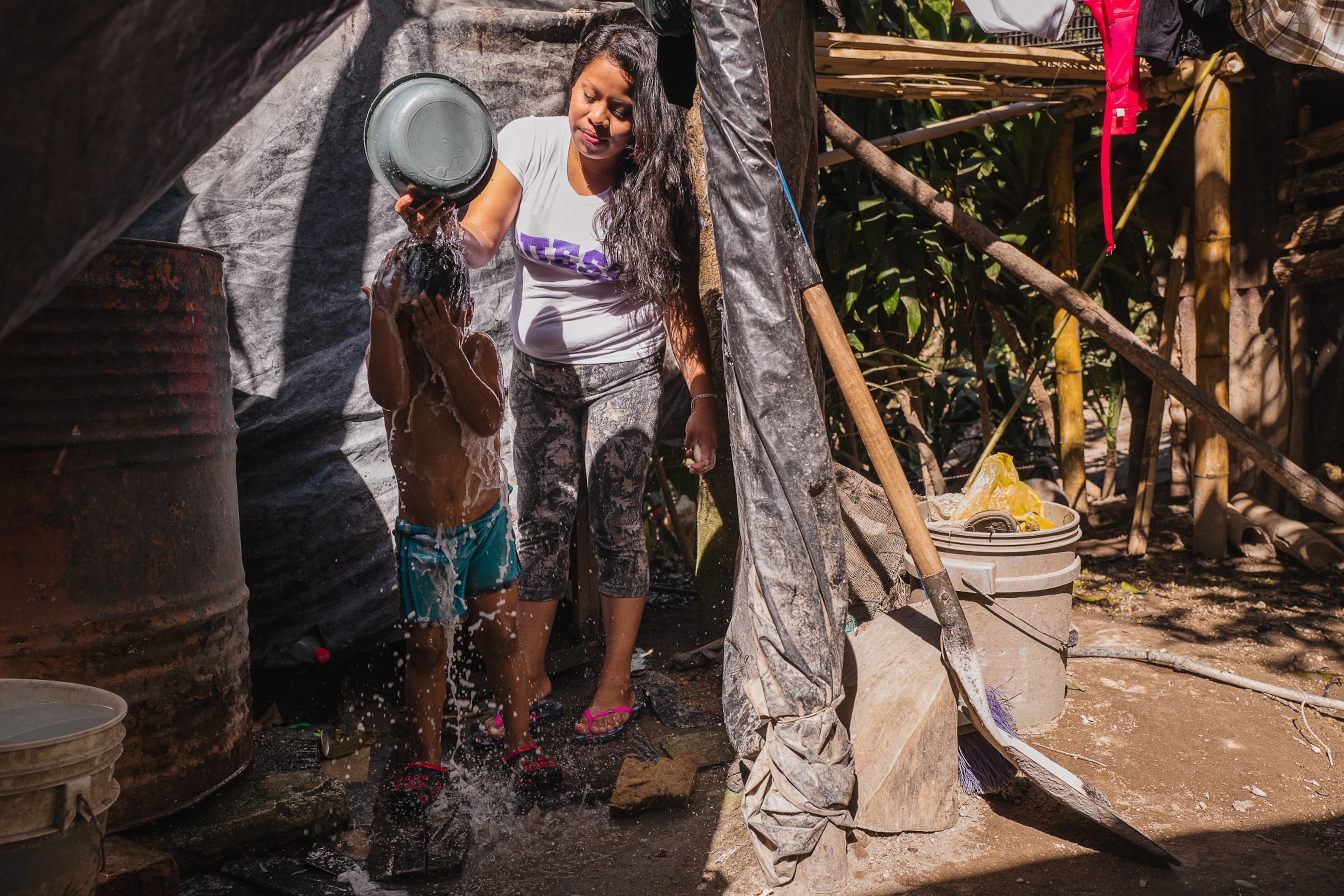


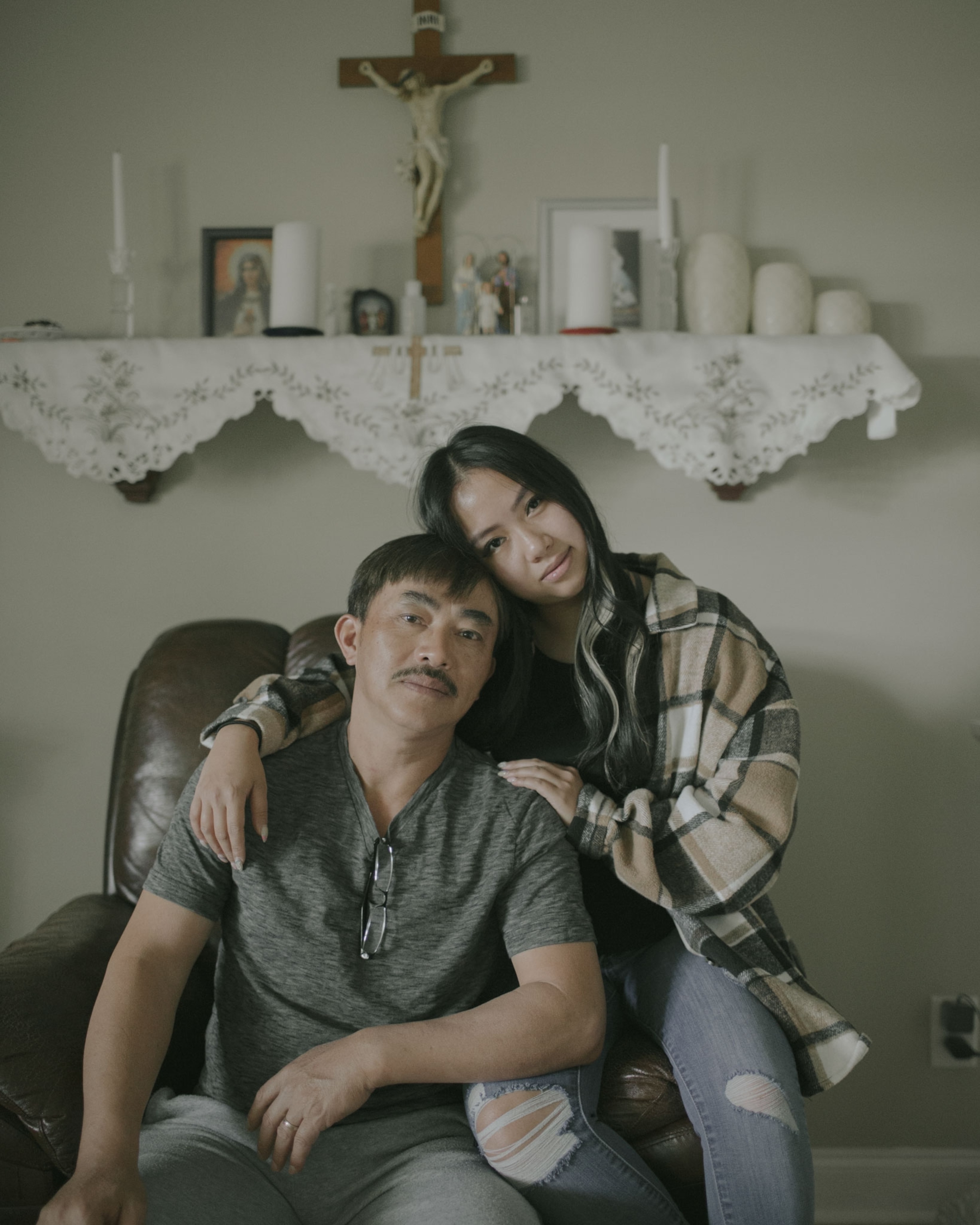
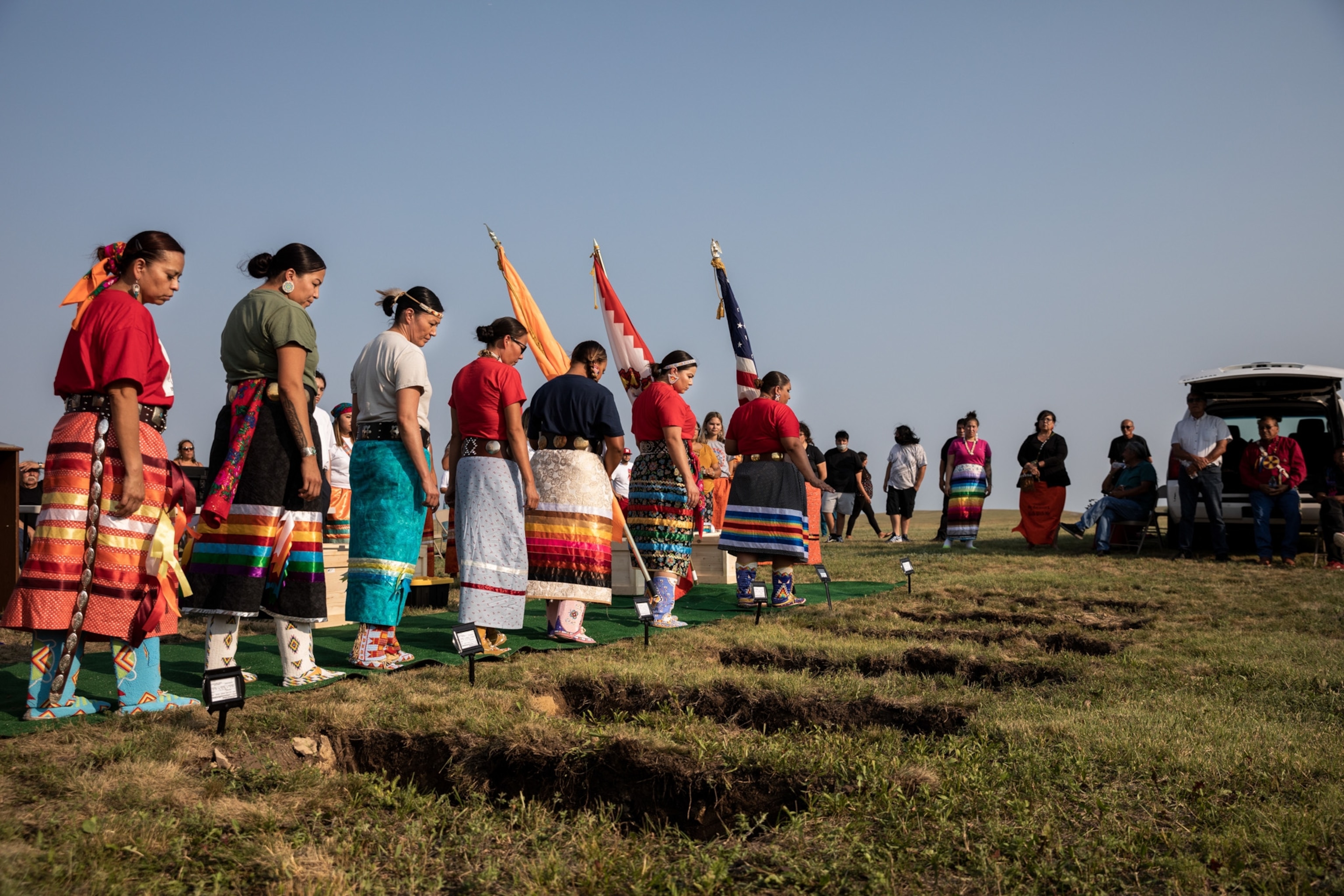

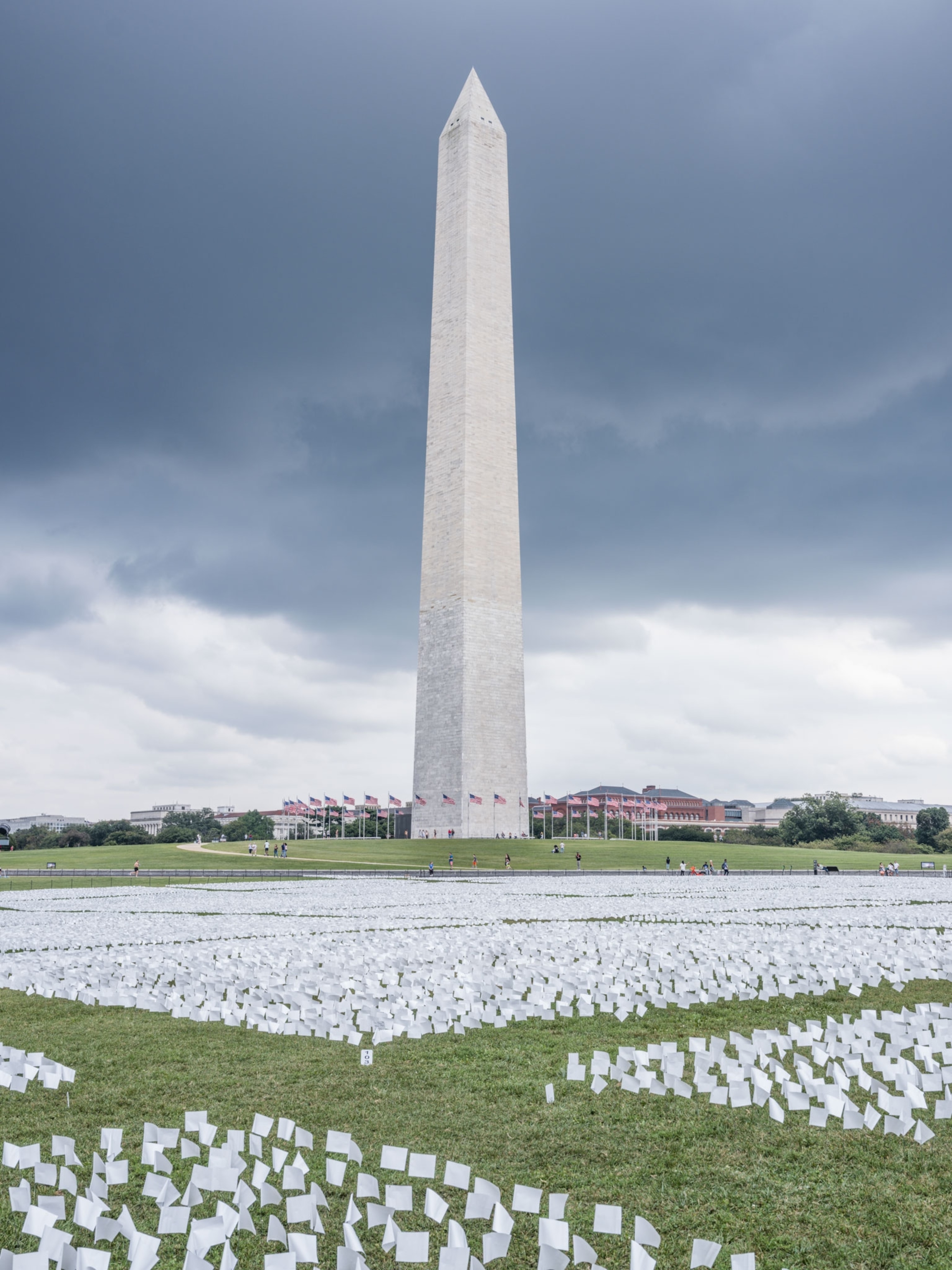

Rush hour during a pandemic in Taipei, Taiwan

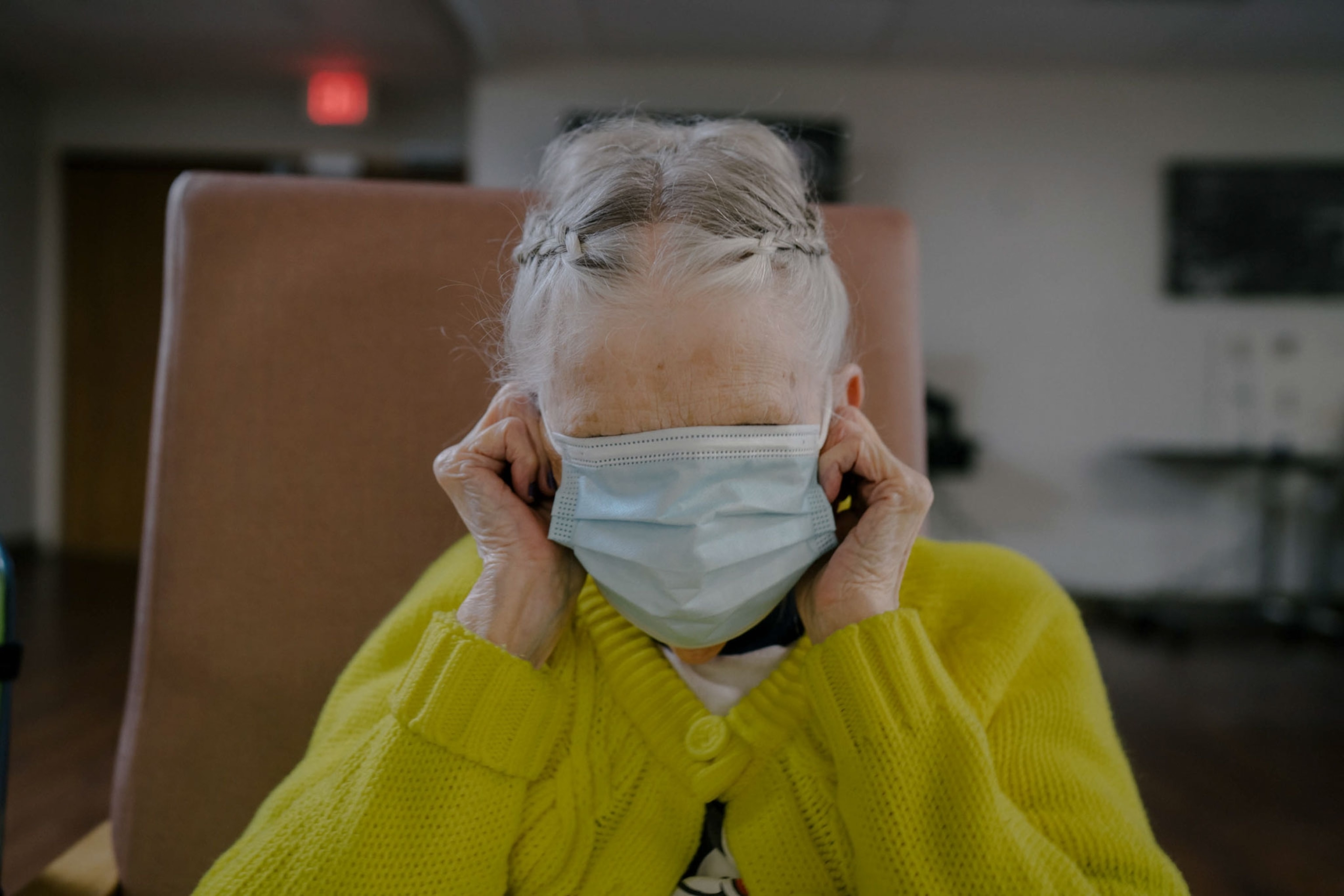
Life goes on among high vaccination rates in Israel
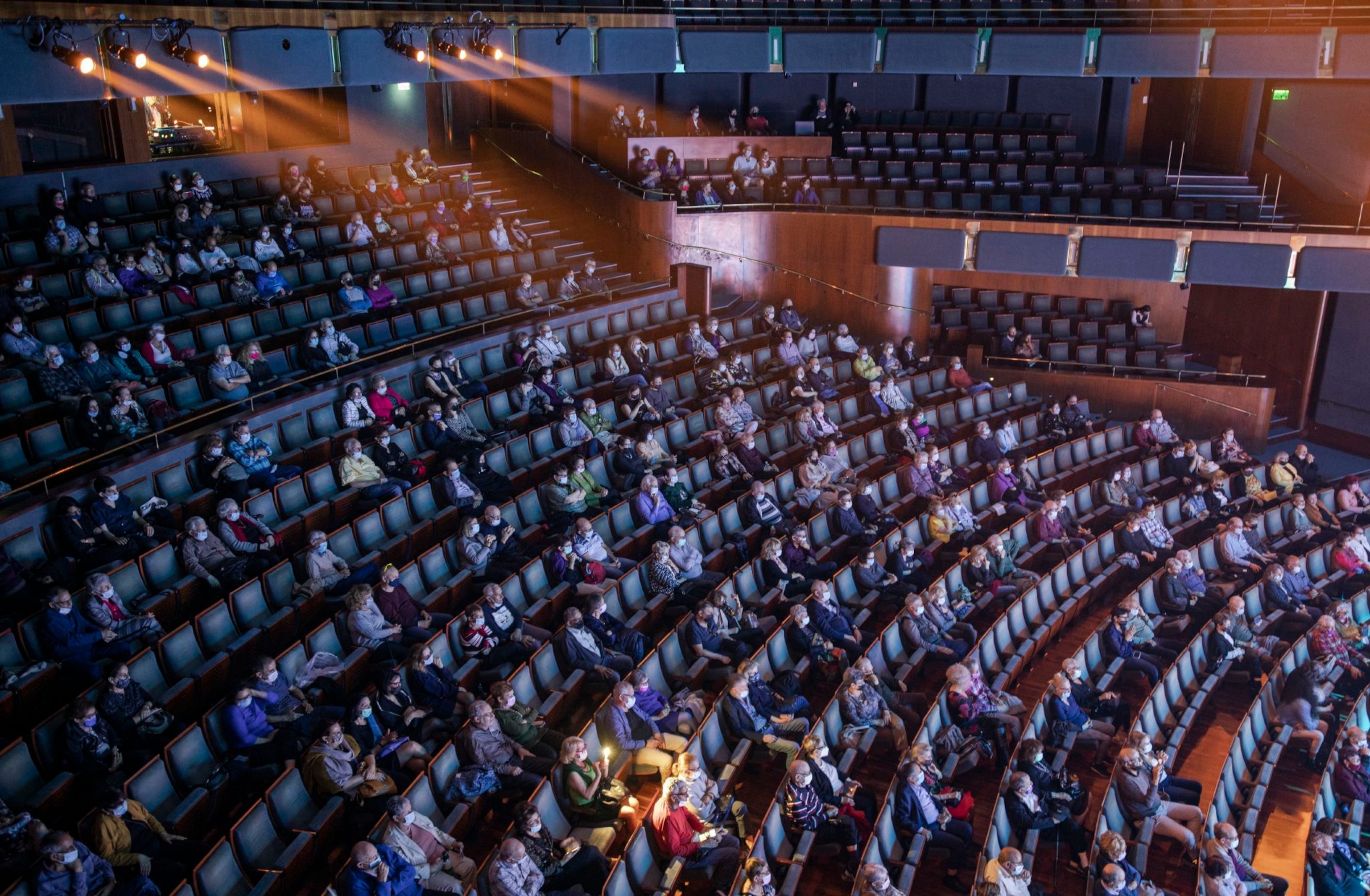
A debut concert and an act of resistance
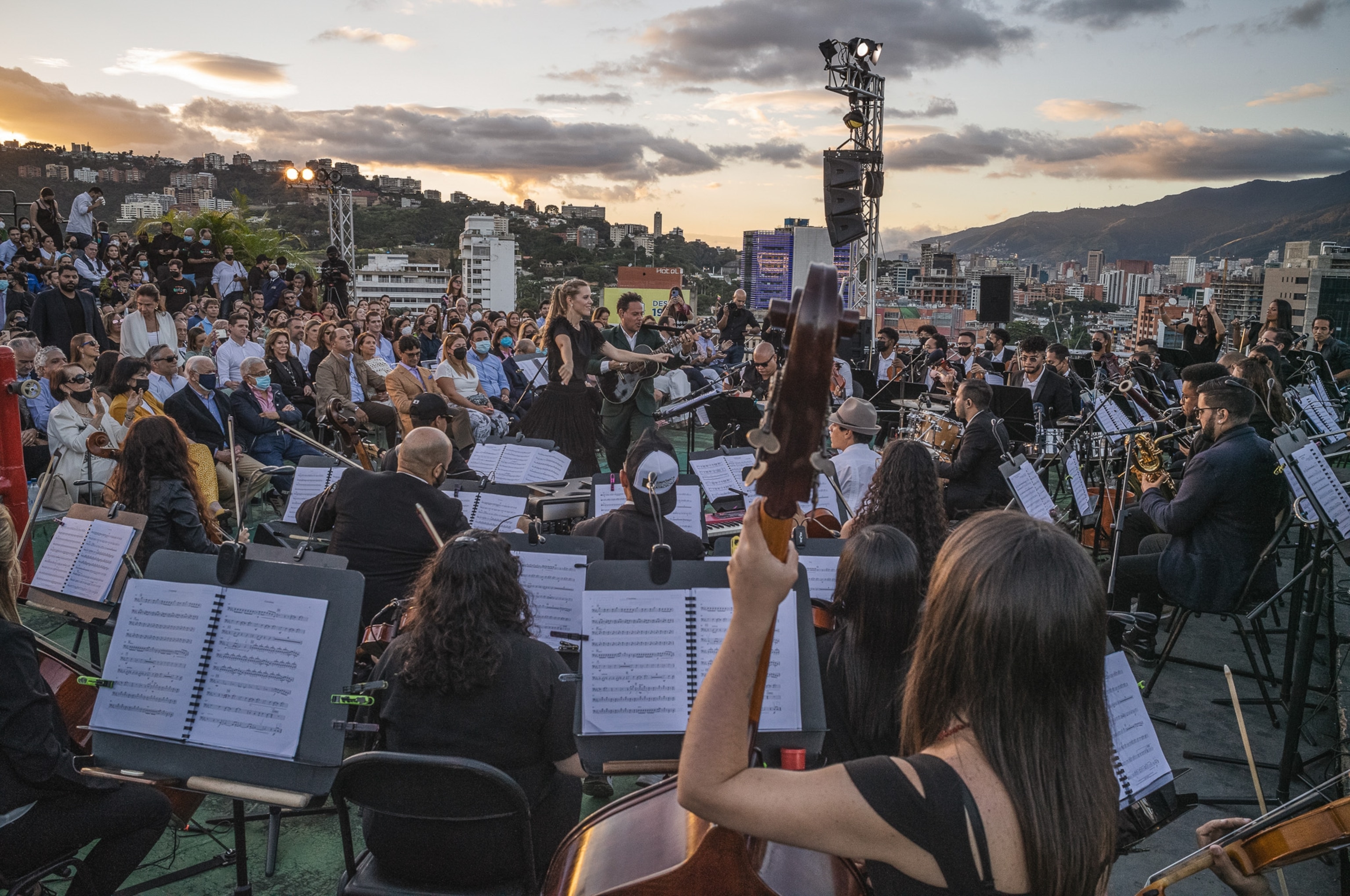
Graduation ceremonies, against all odds

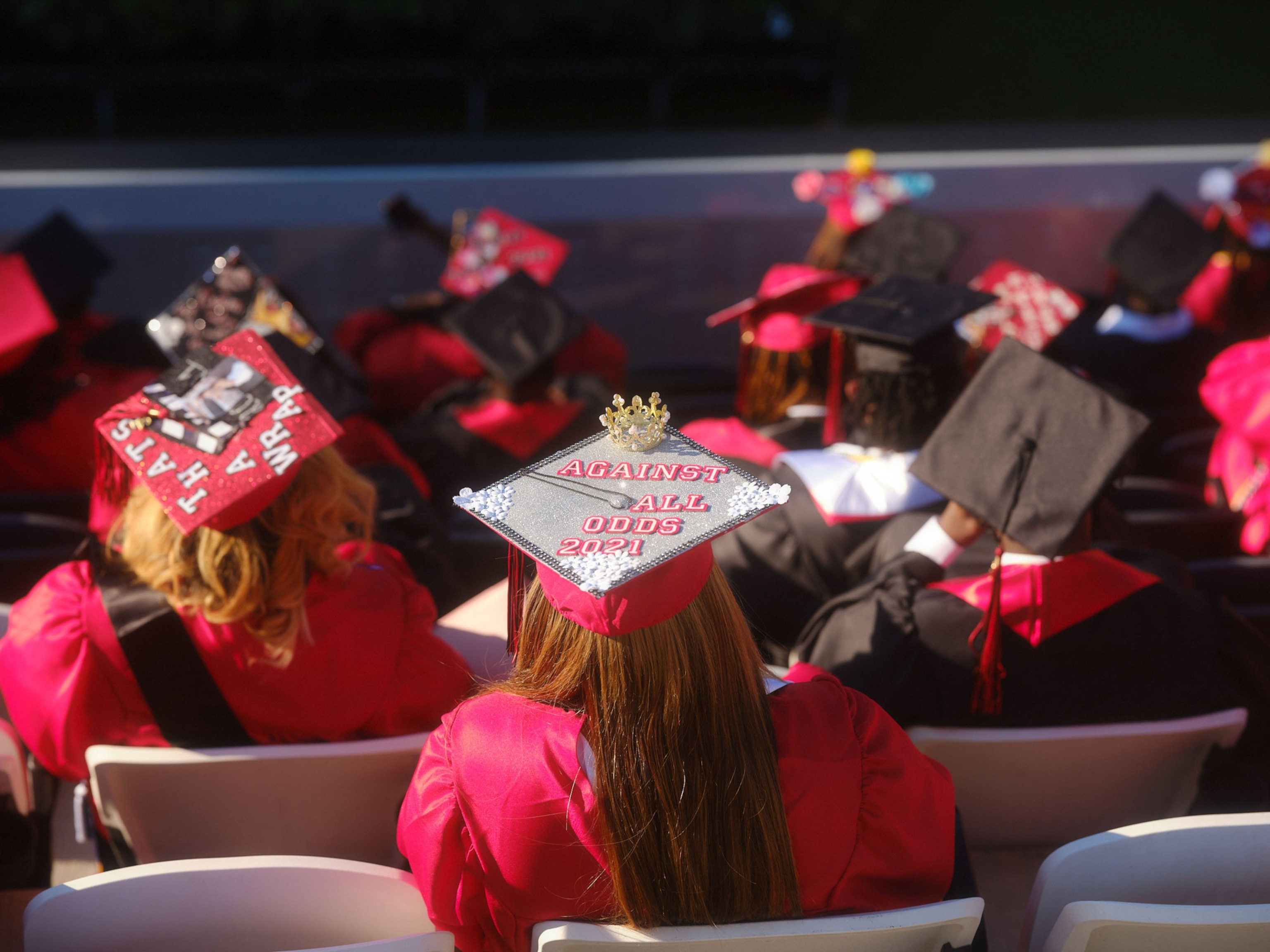
A refuge from violence against LGBTQ people

How Berlin’s club scene is weathering the pandemic
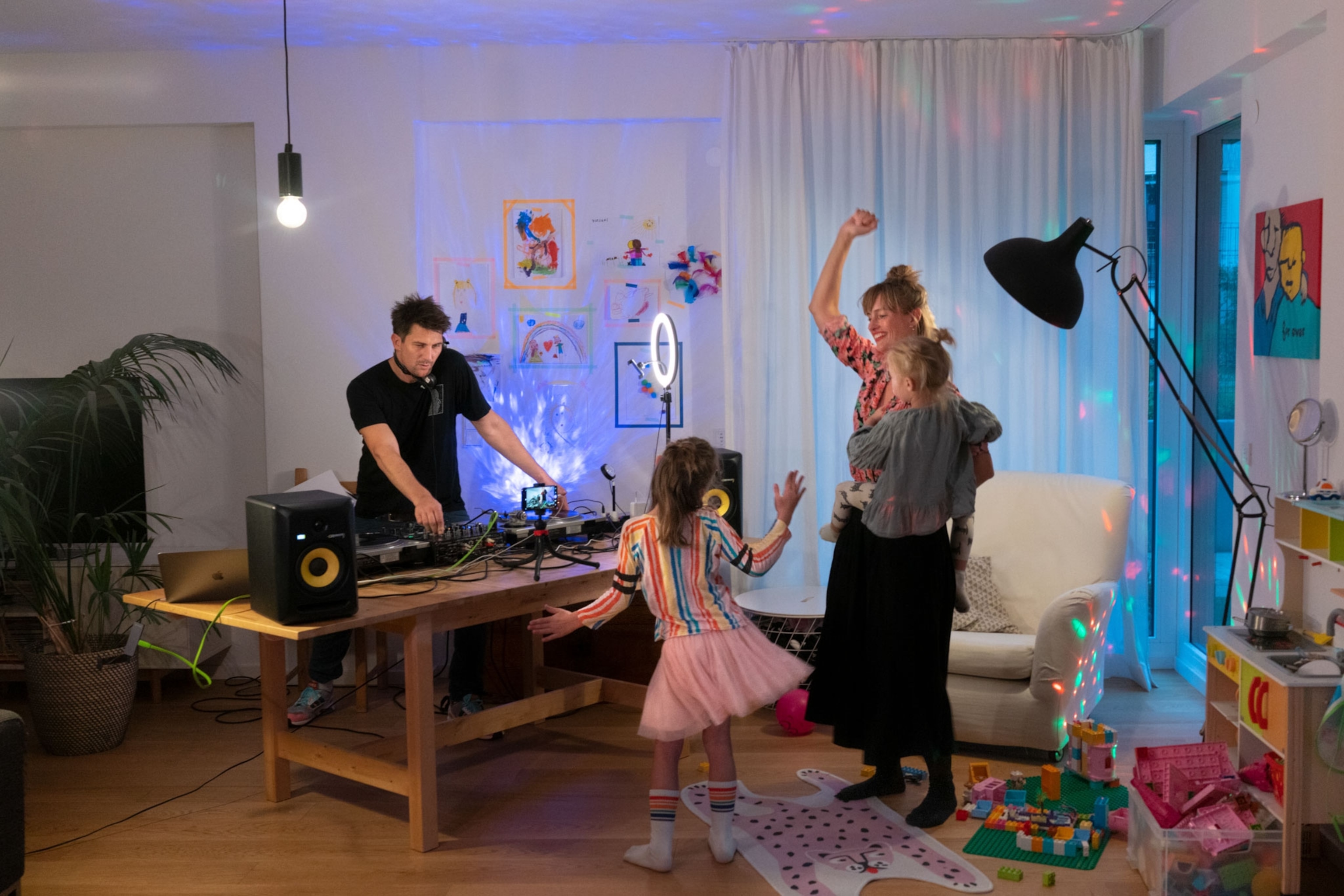
Quinceañera celebration is held in an agricultural field
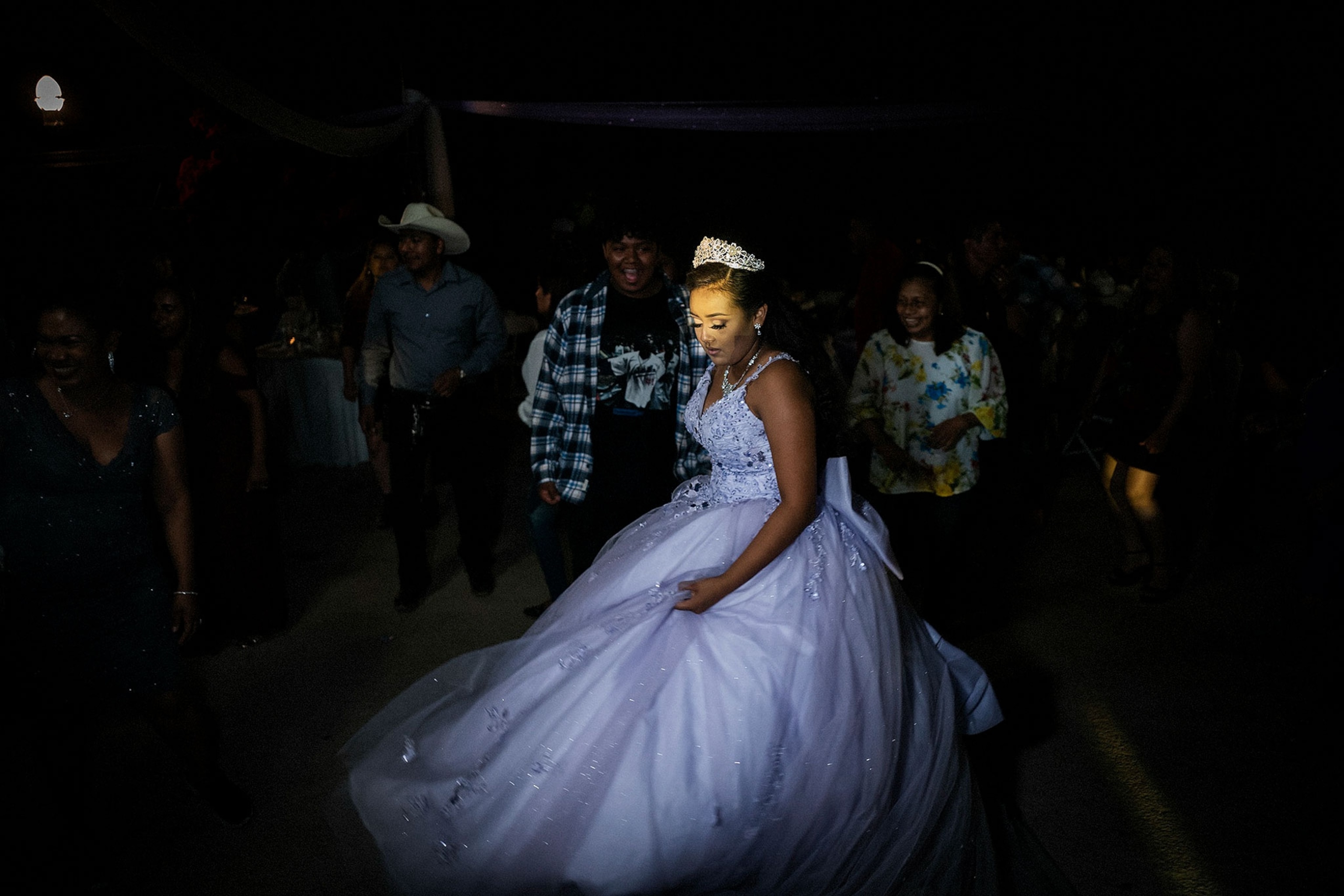
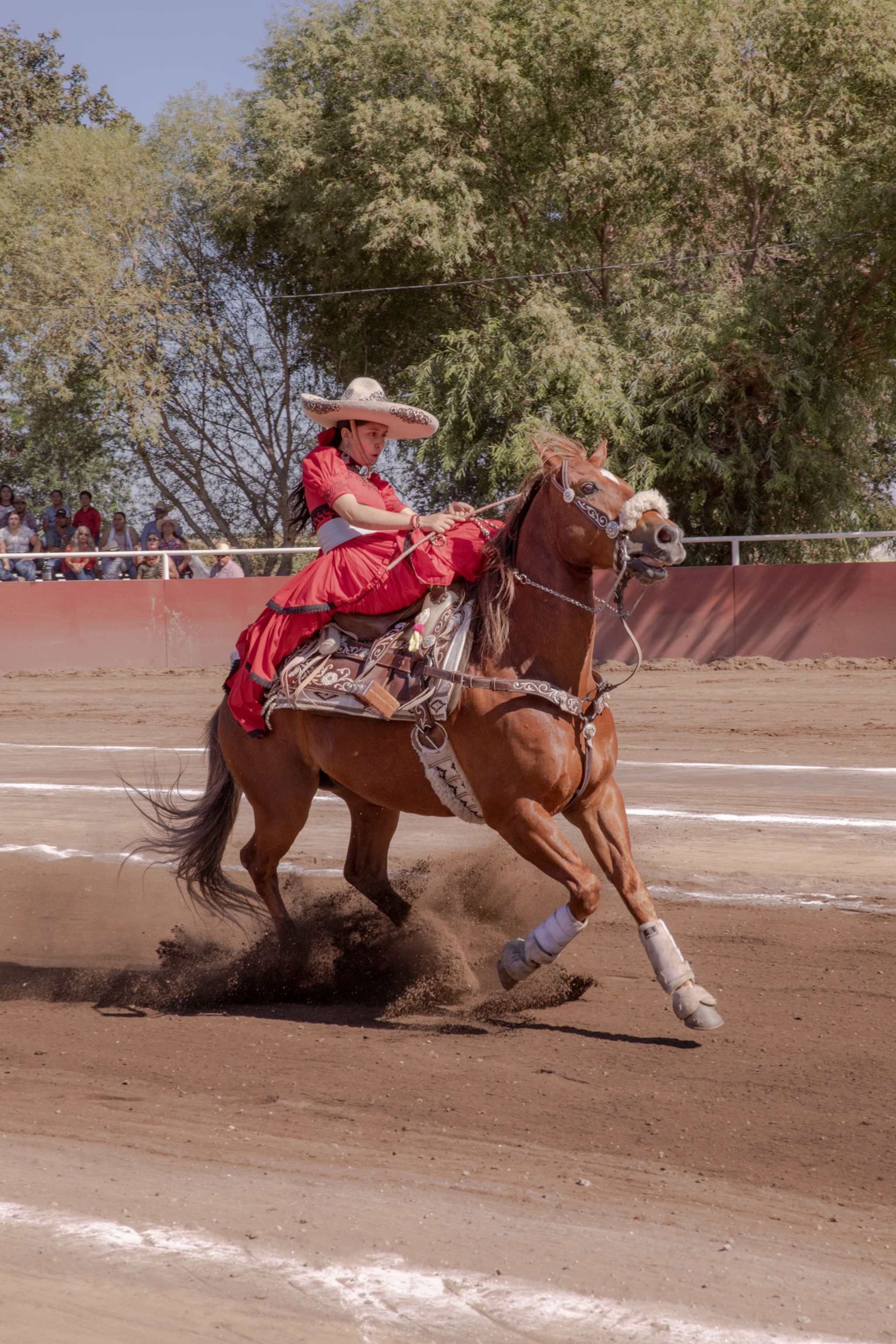
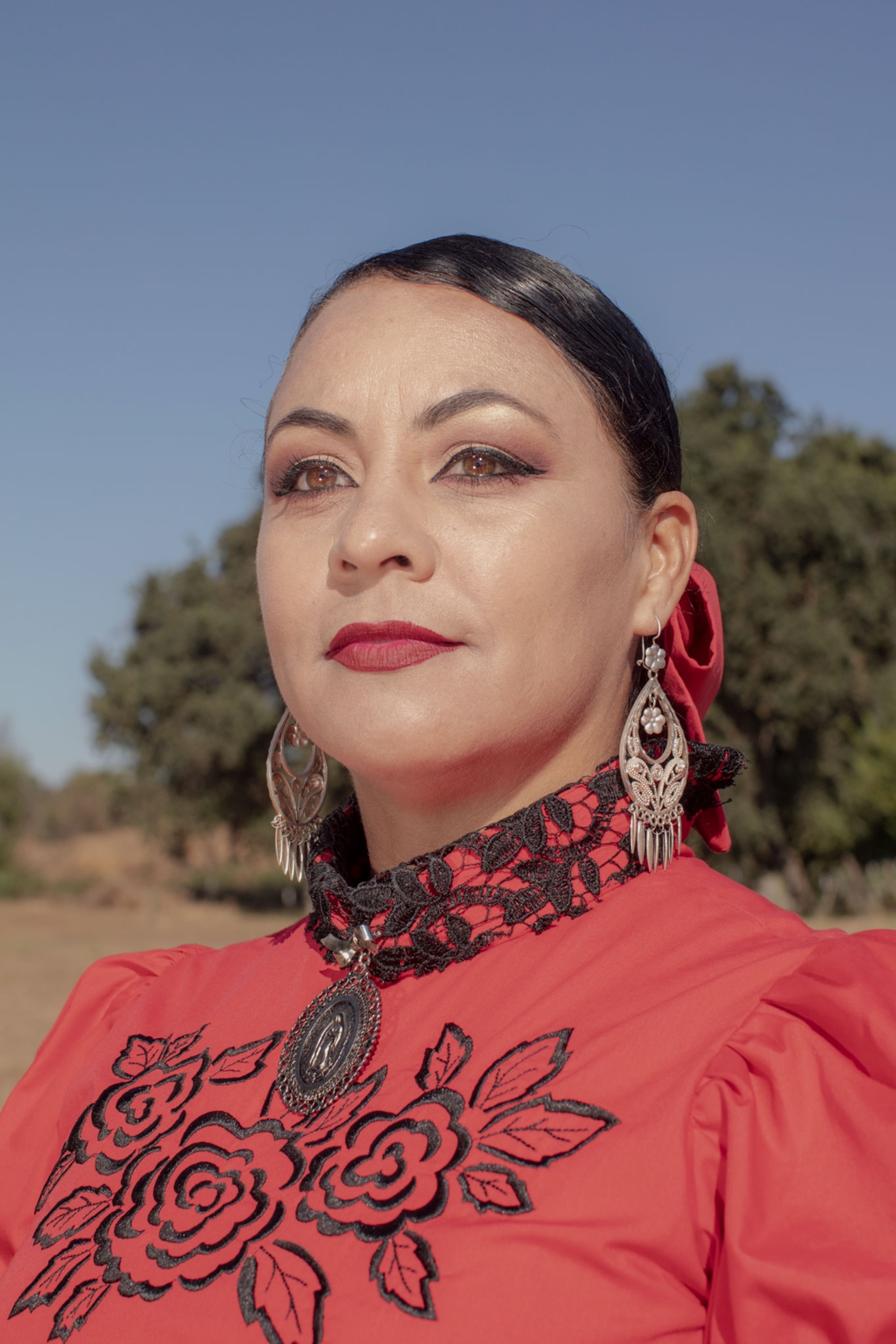

Families of missing and murdered Indigenous women begin to heal
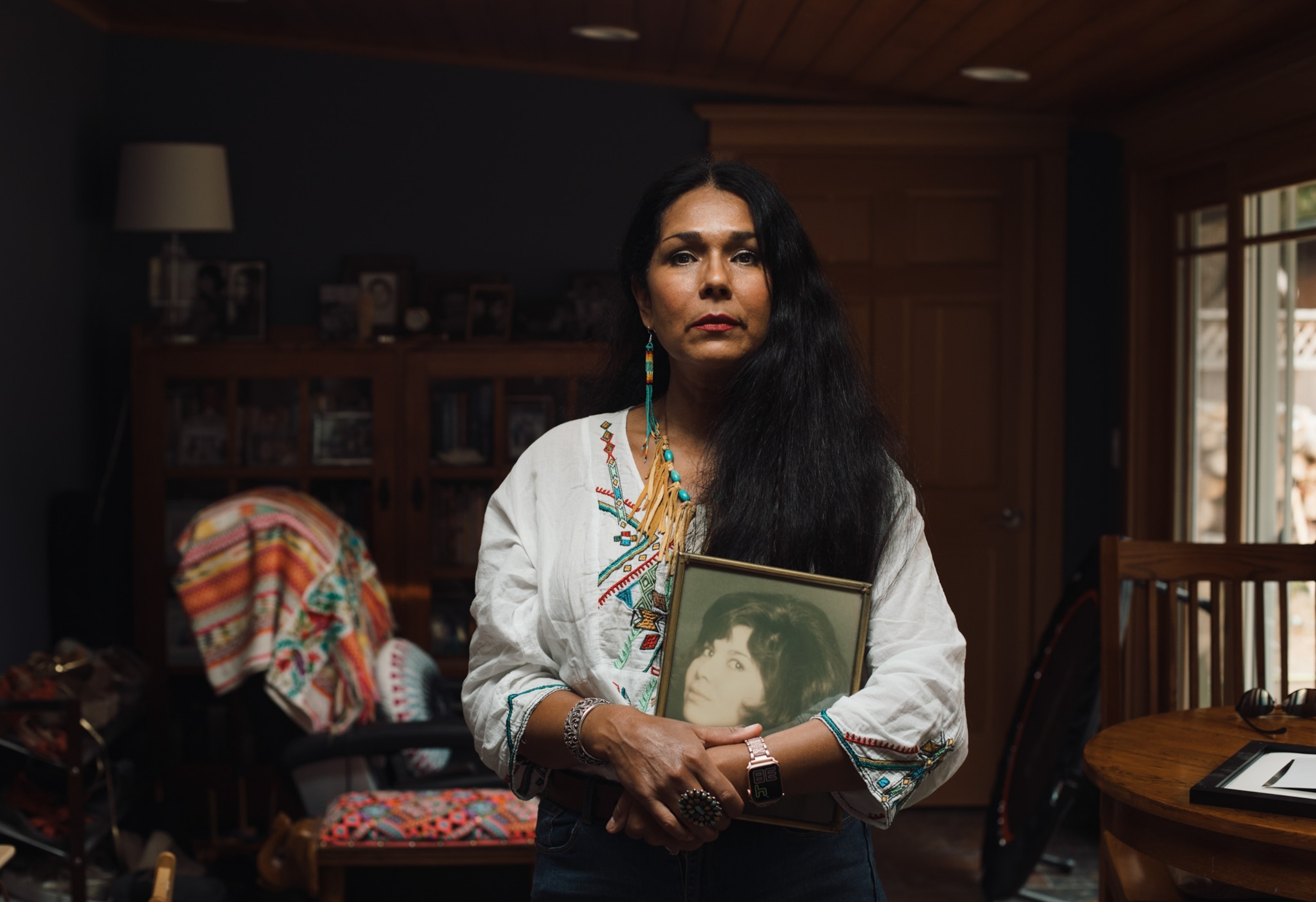
Former Taliban members fight back

Families displaced by war return home
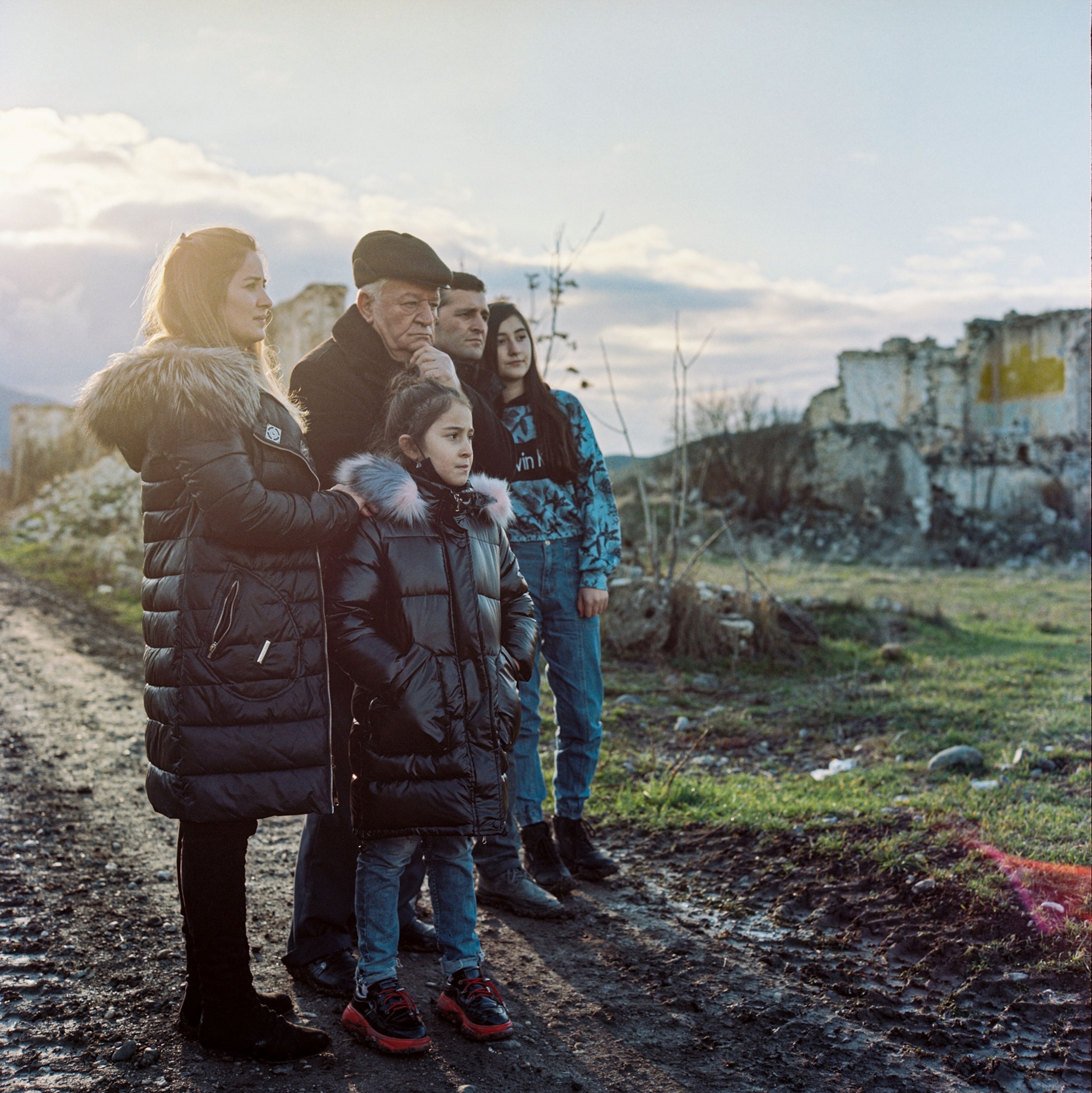
Gathering to watch the sunrise once again


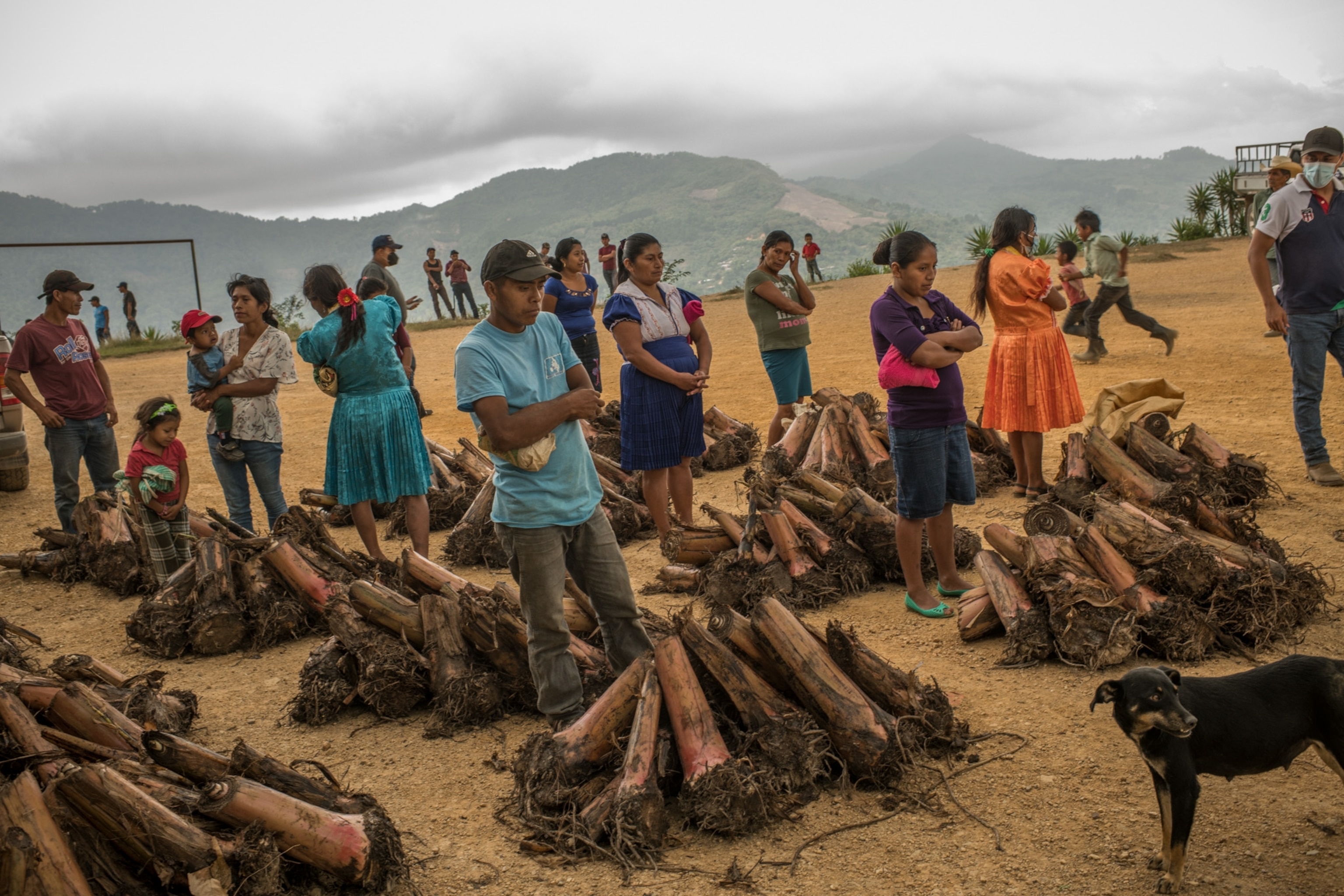
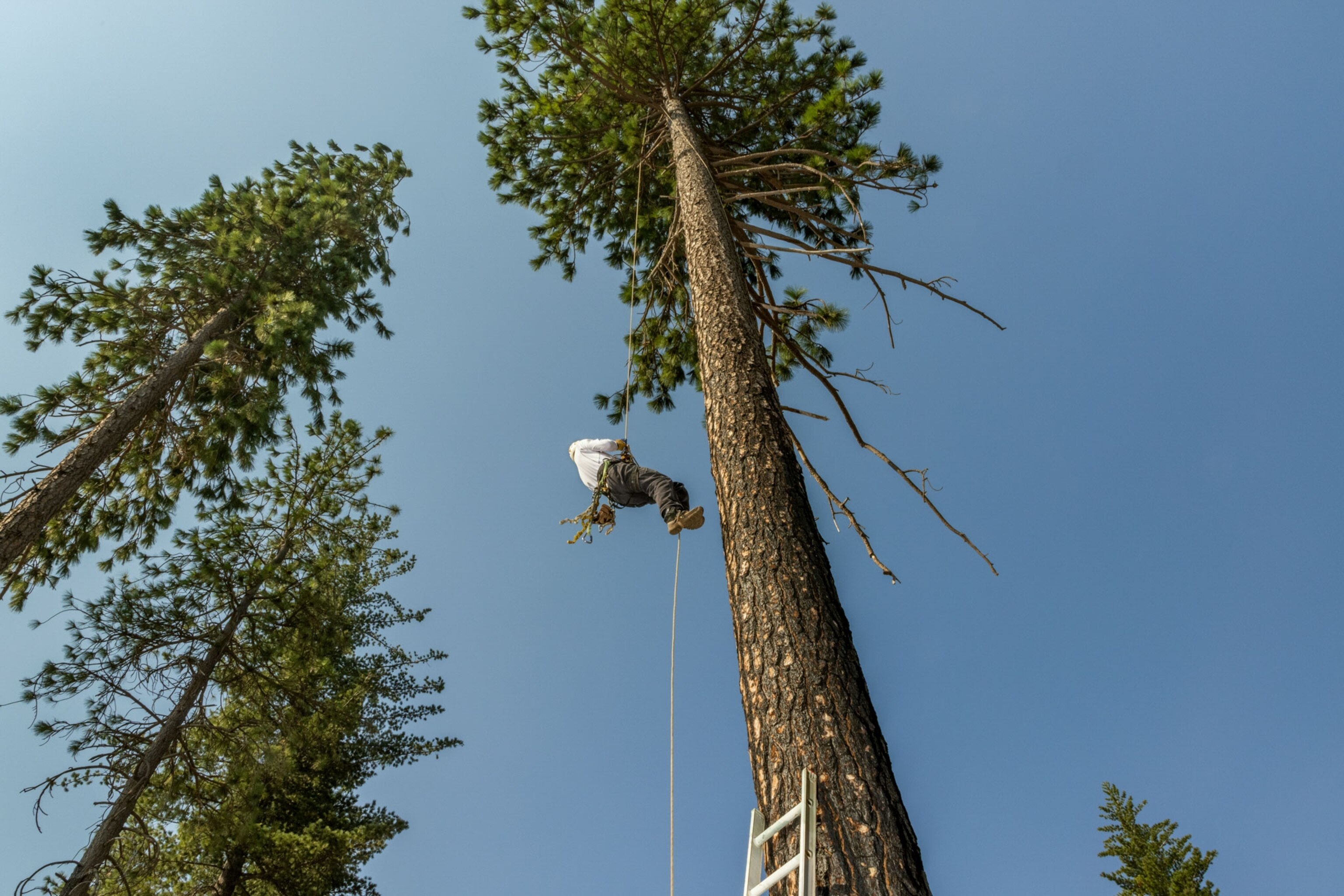
A sacred place provides proof of an African kingdom


